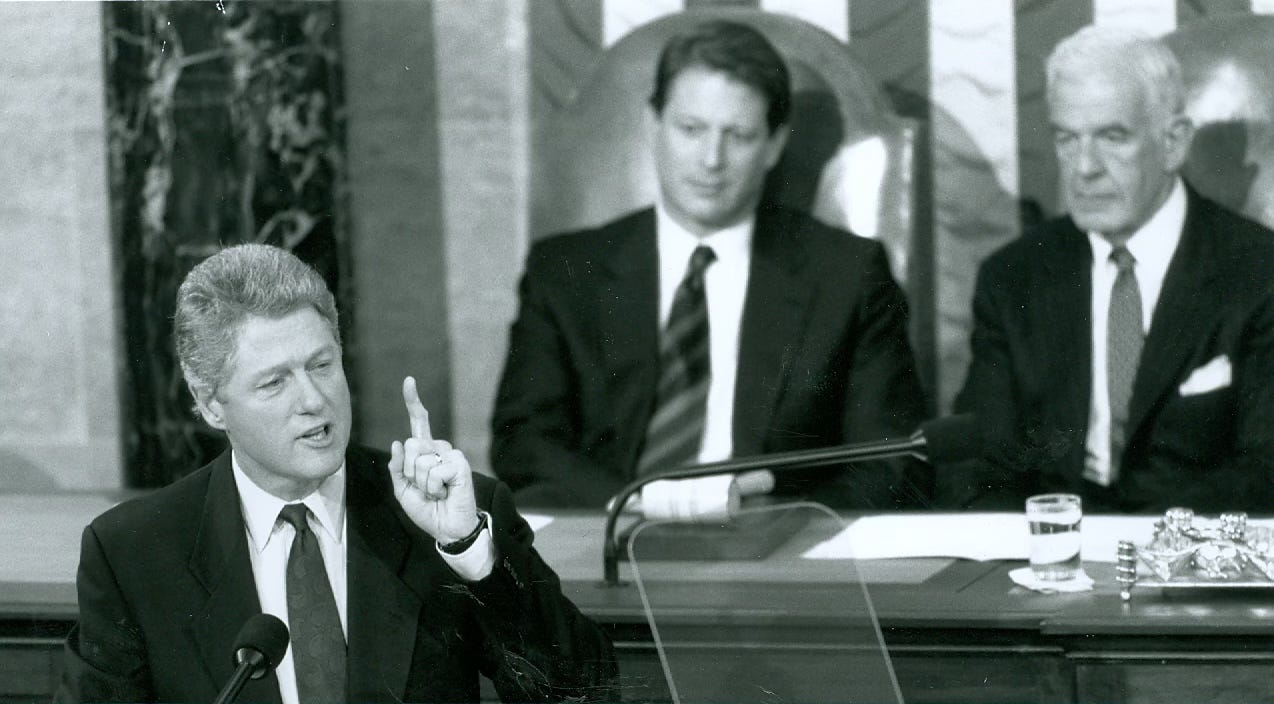Bill Clinton riffed his way out of a jam
A taxing lesson for Donald Trump
One month into his presidency in 1993, Bill Clinton set forth a detailed set of plans. “It is nice to have a fresh excuse for giving a long speech,” said Clinton, drawing laughs from a joint session of Congress.
It was indeed a long speech — one hour and five minutes — though about 35 minutes shorter than President Donald Trump’s address to Congress in March of this year.
The laughter in the House chamber harked back to Clinton’s debut on the national stage: his rambling 33-minute discourse to the 1988 Democratic National Convention. On that night, Chris Wallace, then an NBC reporter, proclaimed that the Arkansas governor “has completely lost this crowd” and “has overstayed his welcome.”
It was only through an appearance on the Johnny Carson show a week later that Clinton salvaged his career. The comedian put an hourglass on his desk as they started to chat, but the governor’s self-deprecati…
Keep reading with a 7-day free trial
Subscribe to Now It's History to keep reading this post and get 7 days of free access to the full post archives.



